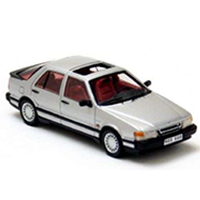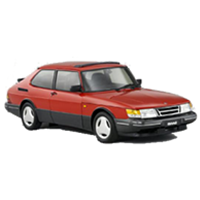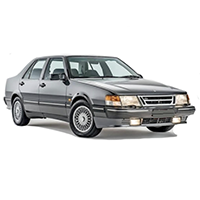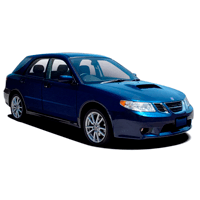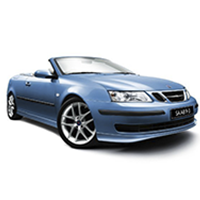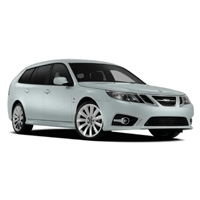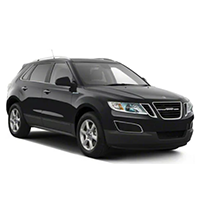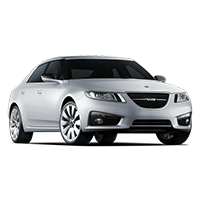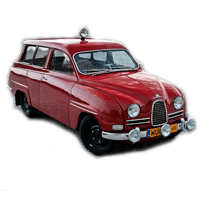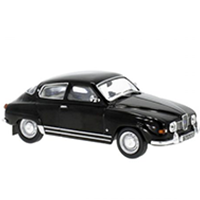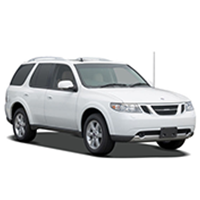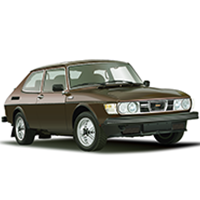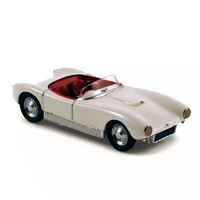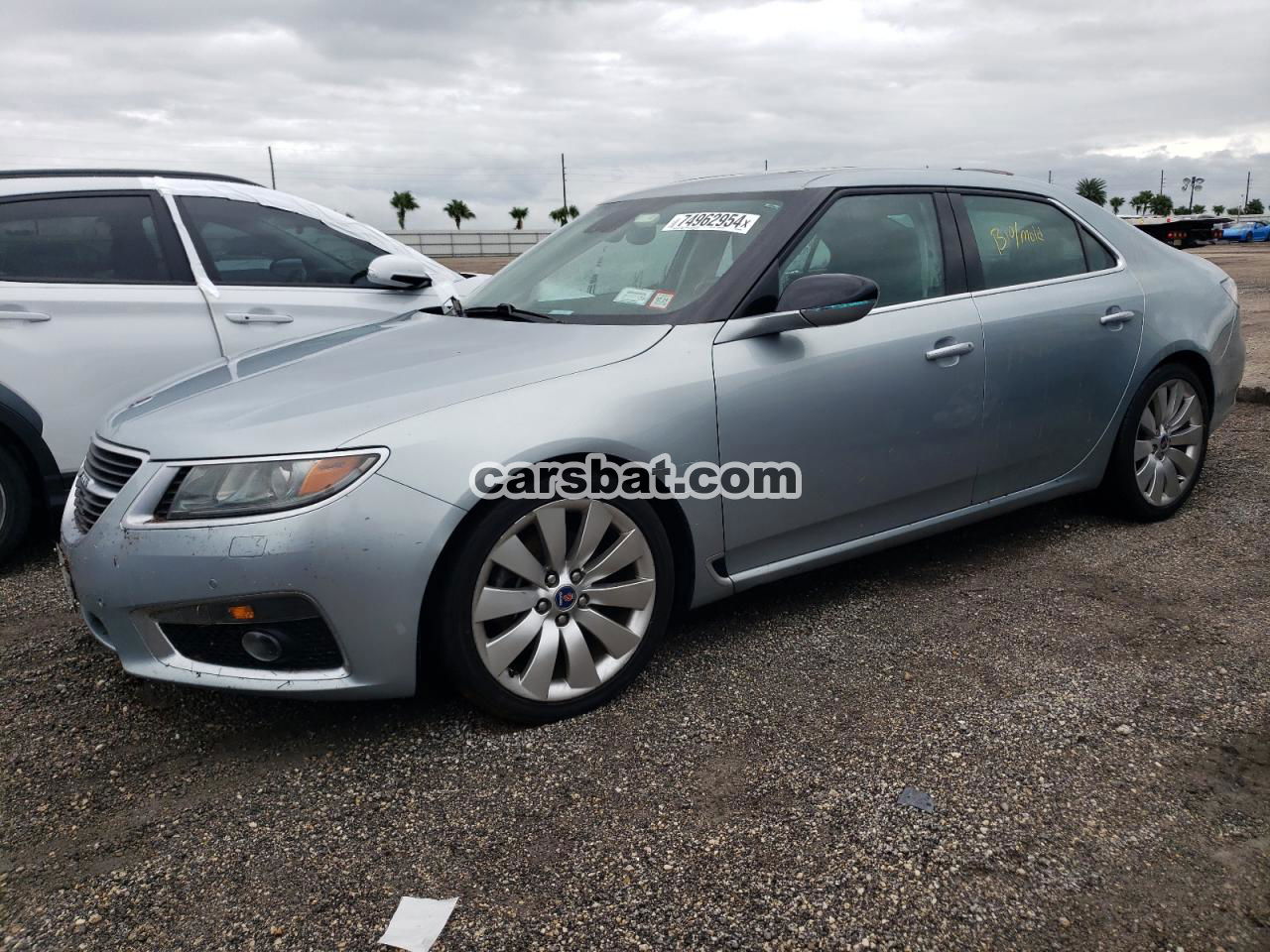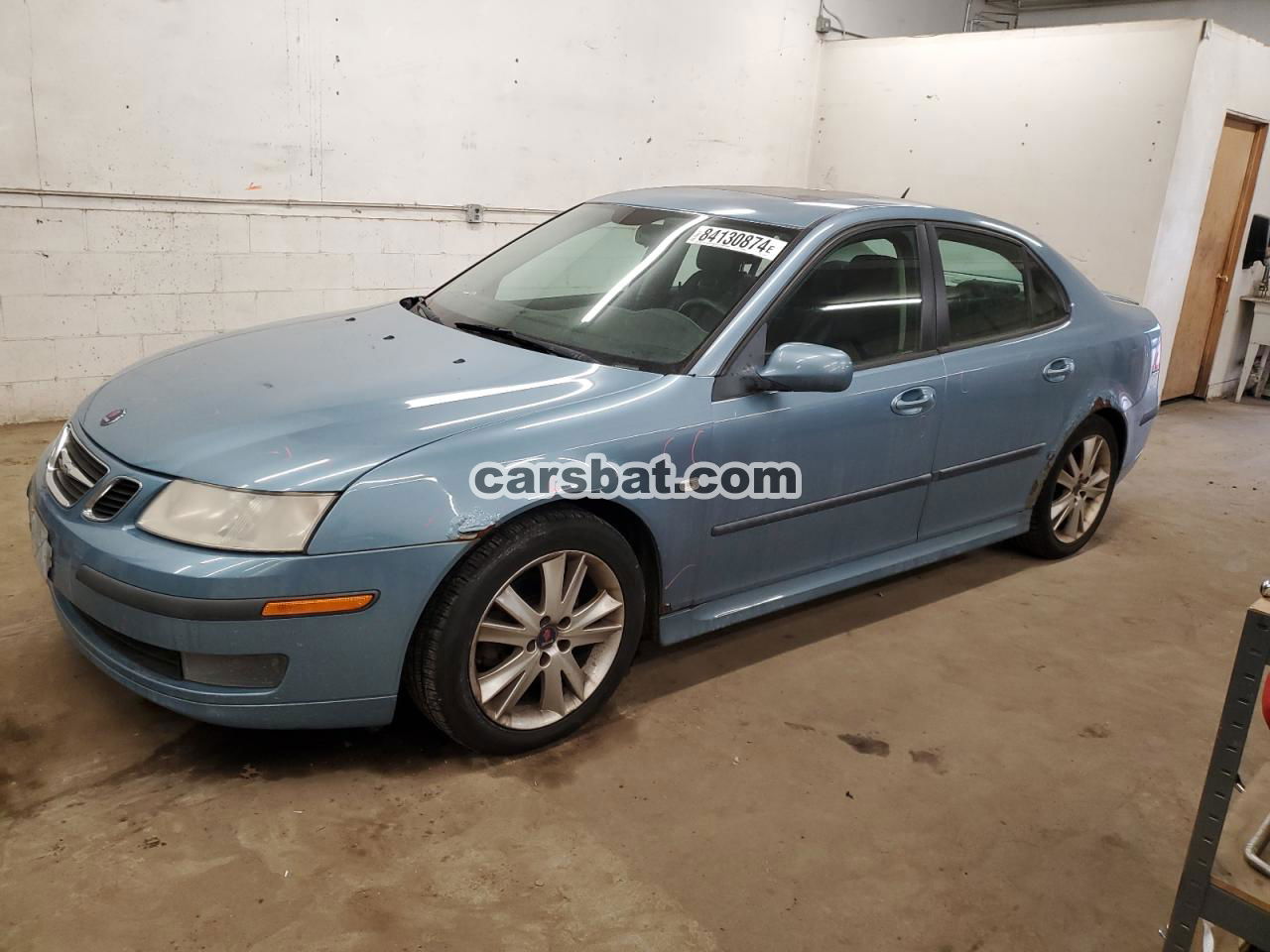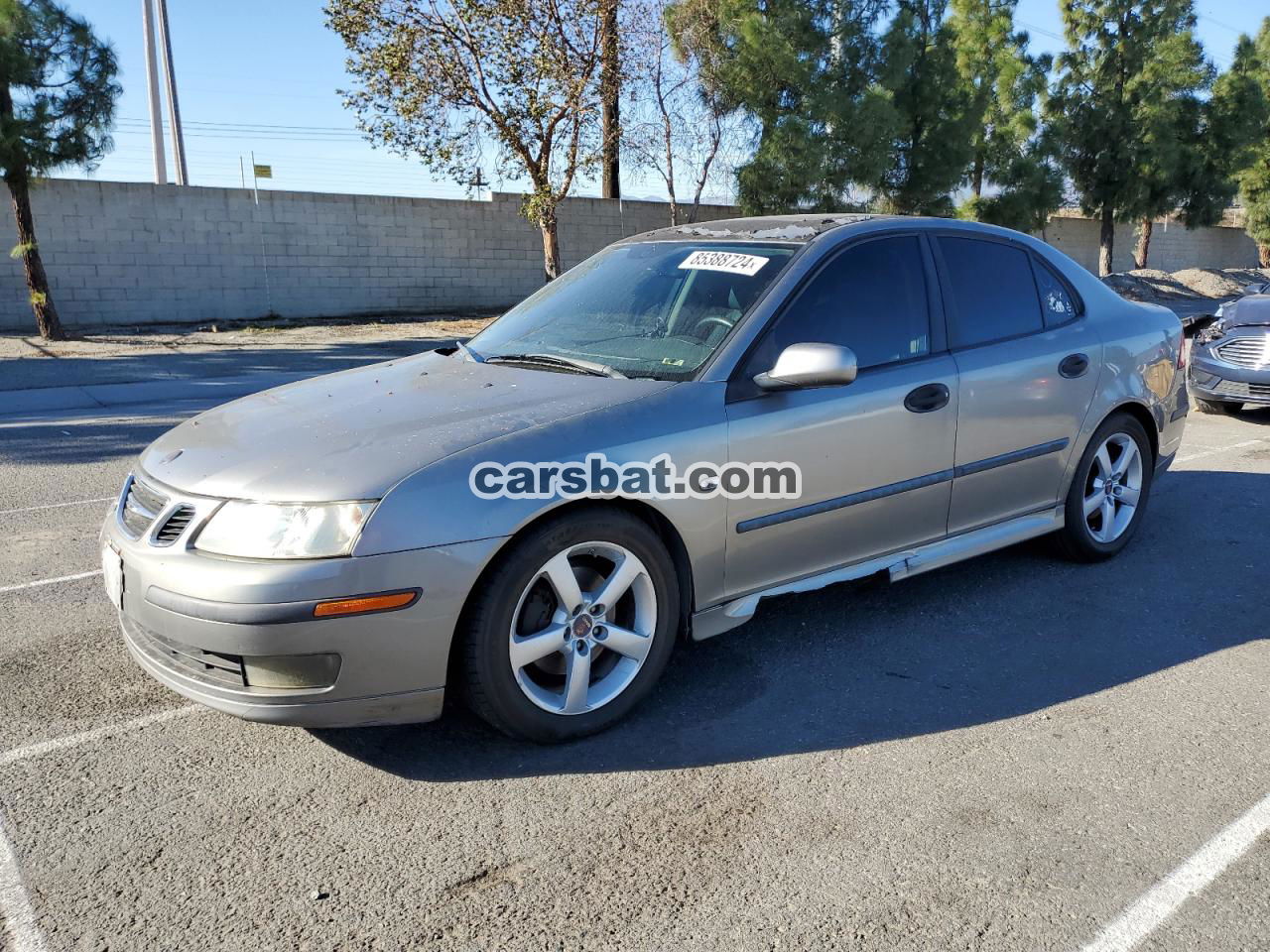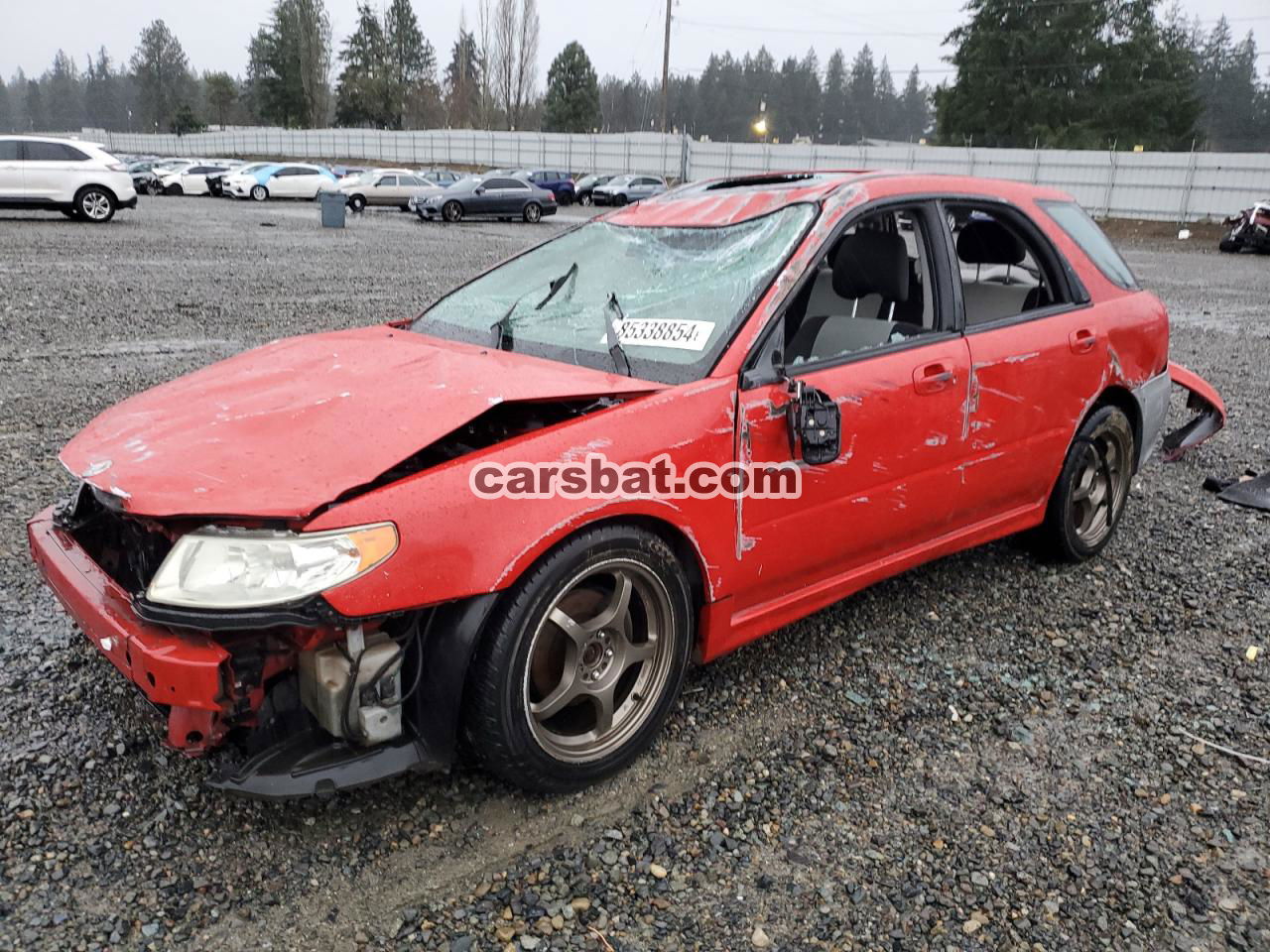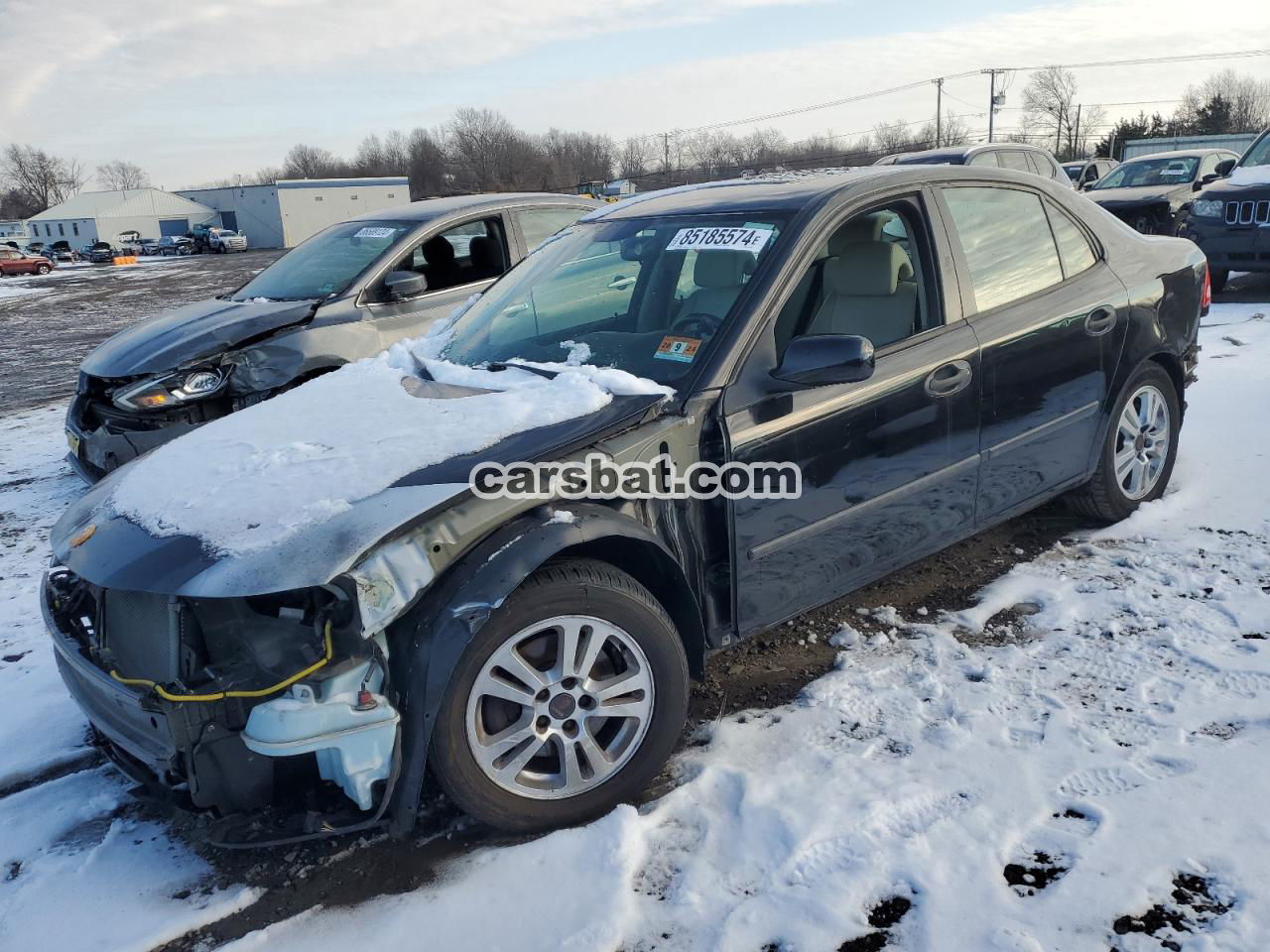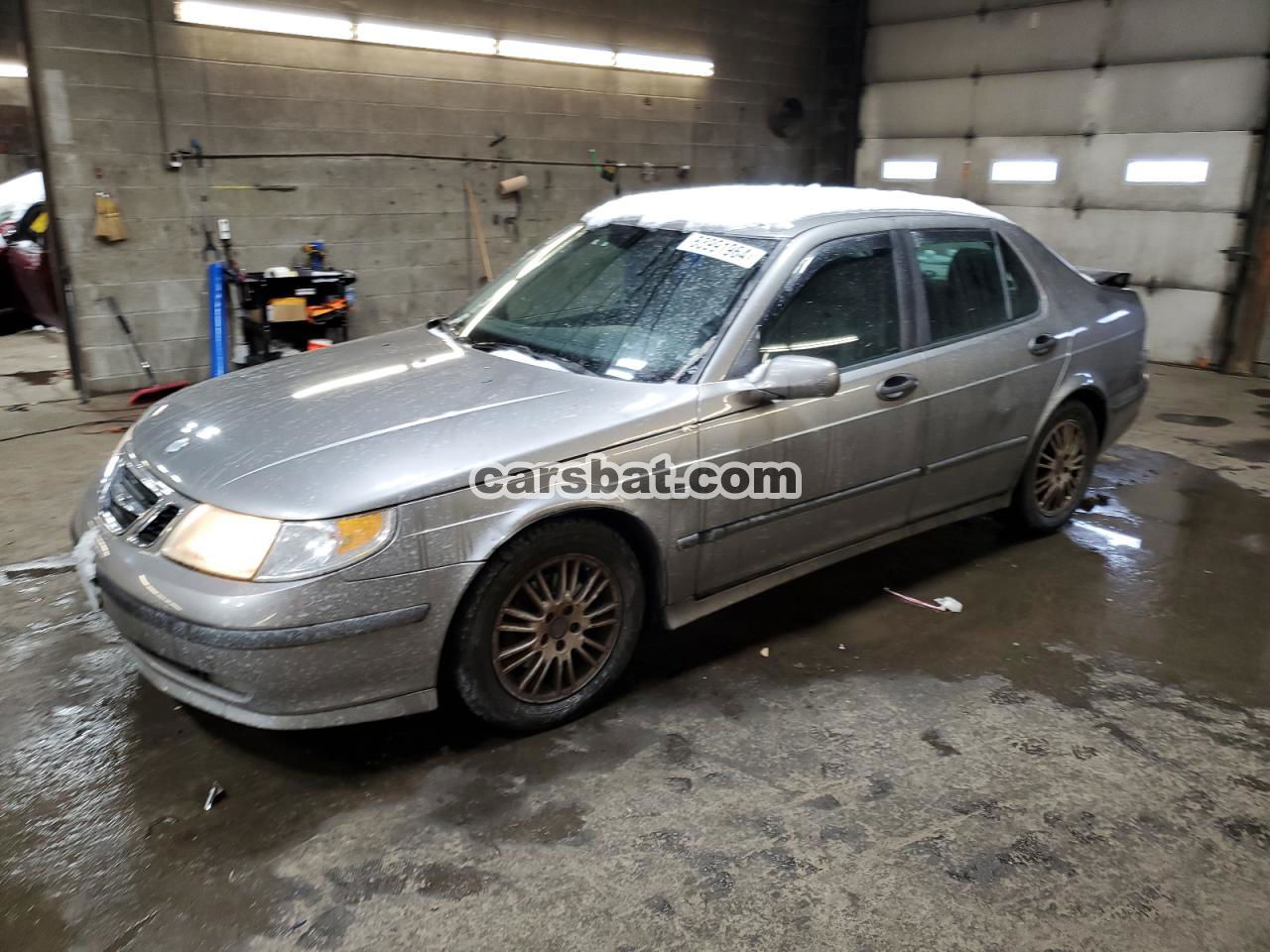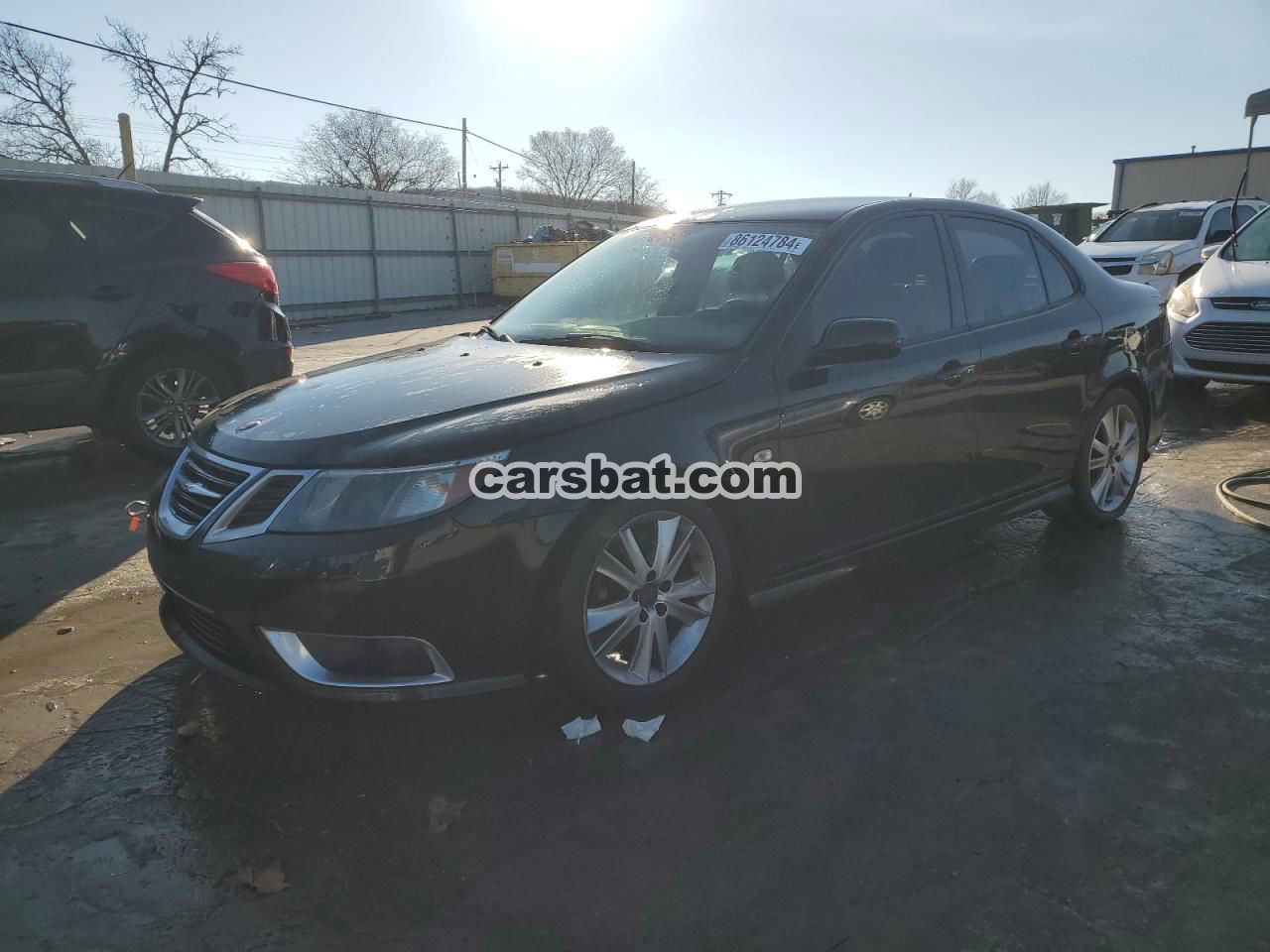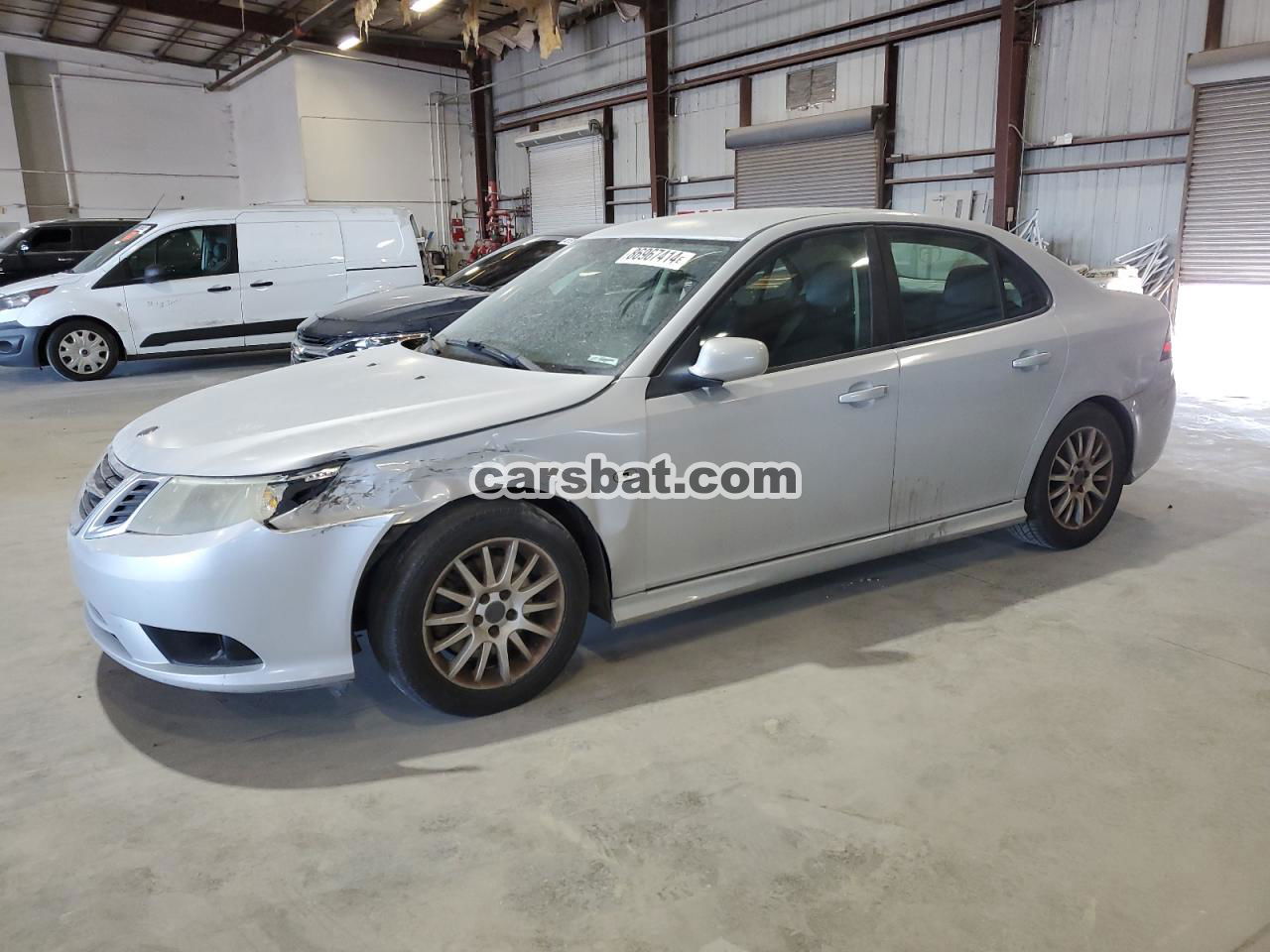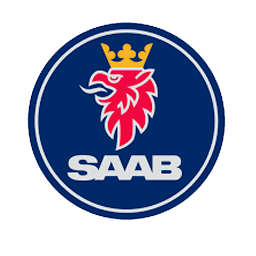
Catalog / Saab
Saab: Swedish Innovation and Automotive Excellence
Saab, short for Svenska Aeroplan Aktiebolaget (Swedish Aeroplane Company), began its journey in 1945 in Trollhättan, Sweden. Originally an aircraft manufacturer, Saab's transition into the automotive industry brought a unique blend of aeronautical engineering and innovative design to the world of cars.
The company's first car, the Saab 92, was introduced in 1949. This aerodynamic, front-wheel-drive vehicle set the tone for Saab's commitment to unconventional and forward-thinking automotive design. The 92's successors, particularly the Saab 99 introduced in 1968, further cemented the brand's reputation for safety, performance, and distinctive styling.
One of Saab's most significant contributions to automotive technology was the introduction of turbocharging to mainstream production cars. The 1978 Saab 99 Turbo marked a turning point, making turbocharged engines accessible to a broader market and setting a trend that would be followed by many other manufacturers.
The iconic Saab 900, launched in 1978, became the brand's most recognizable model. Its unique design, featuring a curved windshield and a hood that opened clamshell-style, made it instantly identifiable. The 900 Turbo, in particular, gained a cult following for its combination of performance, practicality, and quirky charm.
In 1989, General Motors acquired a 50% stake in Saab, leading to a new era of models like the Saab 9-3 and 9-5. These cars maintained Saab's commitment to safety and innovation while aiming for broader market appeal.
Despite financial struggles in the late 2000s and GM's divestment, Saab continued to innovate. The company pioneered the use of ethanol-fueled engines and remained at the forefront of safety technology. However, after a series of ownership changes and financial difficulties, Saab Automobile filed for bankruptcy in 2011, marking the end of new Saab car production.
Throughout its history, Saab cars were known for their turbocharged engines, safety innovations like the active head restraint system, and unique features such as the floor-mounted ignition switch. The brand's slogan, 'Born from Jets,' encapsulated its aeronautical heritage and commitment to performance and innovation.
While new Saabs are no longer produced, the brand's legacy lives on through its passionate fan base and the enduring appeal of its classic models. Saab's influence on automotive design and technology continues to be felt in the industry today, cementing its place as a true icon of Swedish engineering and innovation.

